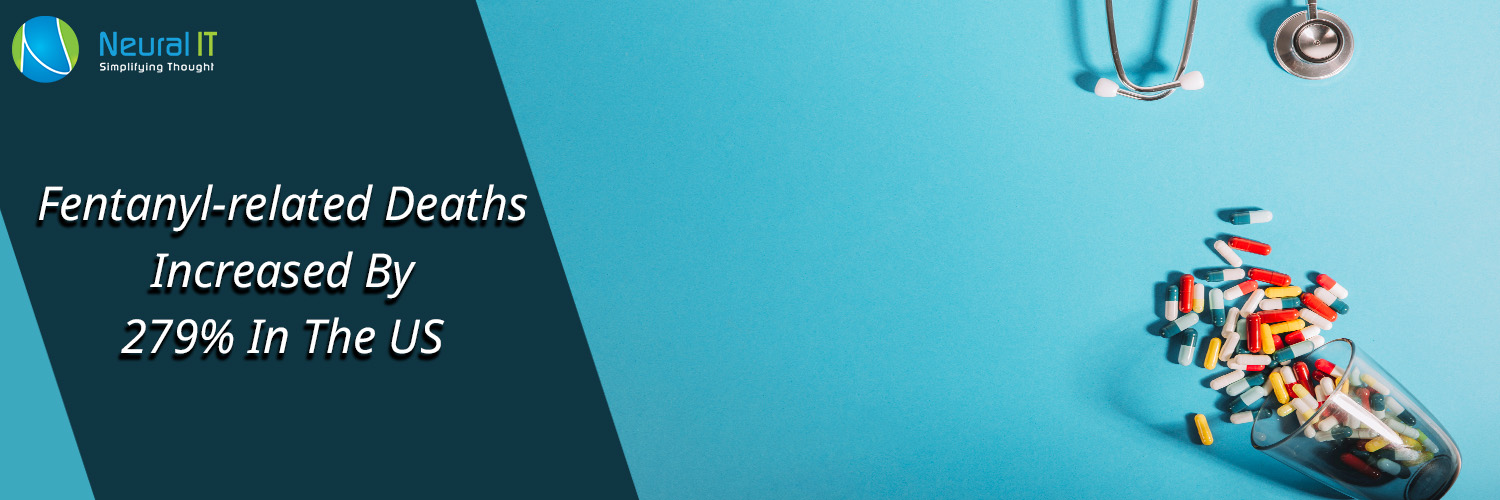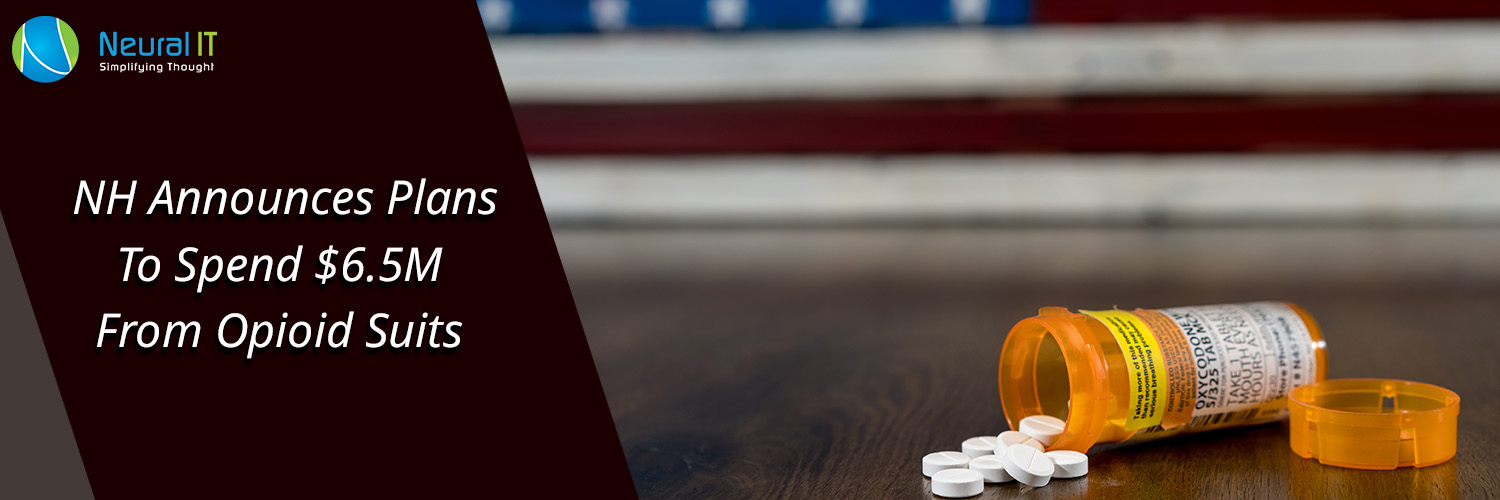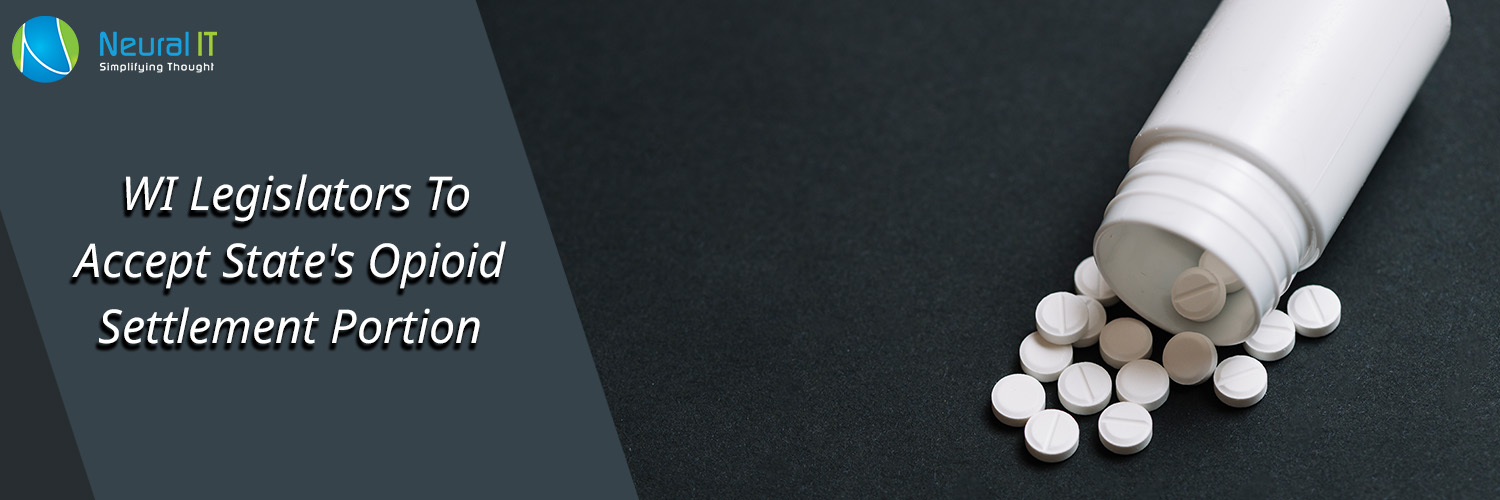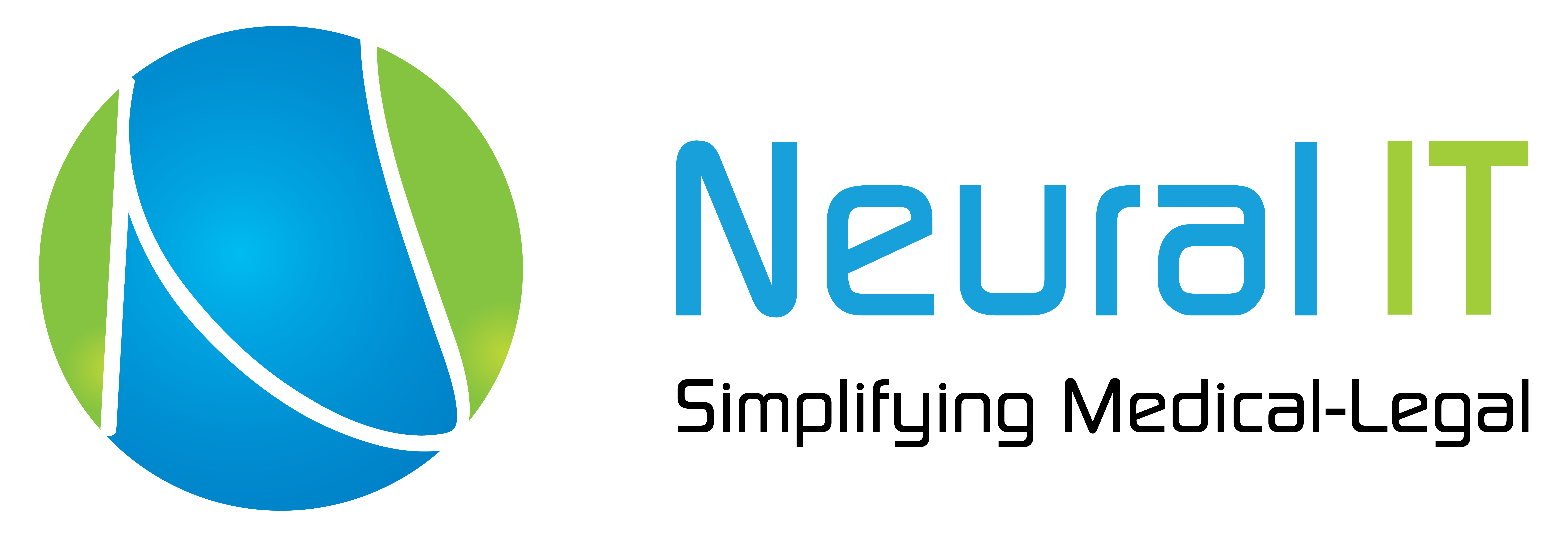Weekly Mass Torts Bulletin 2023-May-8
Fentanyl-related Deaths Increased By 279% In The US

According to recently disclosed data, the number of drug overdose deaths containing the synthetic opioid fentanyl surged by 279% in the United States between 2016 and 2021.
According to the research, which was issued by the National Centre for Health Statistics of the Centres for Disease Control and Prevention, the rate climbed overall from 5.7 deaths per 100,000 people in 2016 to 21.6 deaths per 100,000 people in 2021. The greatest fentanyl overdose fatality rates in 2021 were among those aged 35 to 44 (43.5 per 100,000), followed by people aged 25 to 34 (40.8 per 100,000).
The National Vital Statistics System, which gathers statistics on births and deaths in the United States, provided the data for the latest study. The study's authors also gathered information on overdose deaths caused by methamphetamine, cocaine, heroin, and oxycodone in addition to fentanyl. The aggregate totals for each substance included include fatal overdoses using several drugs, such as those mixing methamphetamine and fentanyl.
The CDC cautions that because fentanyl is frequently combined with other drugs including heroin, cocaine, and methamphetamine, the opioid is frequently blamed for overdoses ascribed to other drugs. For instance, the New York State Department of Health recorded a rise in fatal overdoses associated with methamphetamine in 2022 but stated that the growth was mostly attributed to an increase in deaths involving methamphetamine and fentanyl, rather than meth alone.
The new CDC study discovered that the rates of fatal overdoses involving fentanyl in 2021 were greater than for any other drug, across all races and ethnicities, in the analysis. Similarly, fentanyl was responsible for the greatest rates of fatal overdoses in the majority of U.S. areas in 2021.
The fatality rates from fentanyl and methamphetamine were comparable in two areas, which included the states of Colorado, Montana, North Dakota, South Dakota, Utah, Wyoming, Alaska, Idaho, Oregon, and Washington.
In the five-year study period, the overall rate of methamphetamine overdose deaths "more than quadrupled," rising from 2.1 per 100,000 people in 2016 to 9.6 per 100,000 in 2021. Between 2016 and 2021, the number of cocaine-related fatalities more than quadrupled, from 3.5 per 100,000 to 7.9 per 100,000.
The fatality rate related to oxycodone fell somewhat throughout the same time frame. The analysis observed that although the rate of fatal heroin overdoses decreased, this fall was not statistically significant.
NH Announces Plans To Spend $6.5M From Opioid Suits

The first wave of opioid settlement funds allocated to New Hampshire will go towards programs like residential treatment and housing, peer recovery assistance, harm reduction services, and juvenile prevention initiatives.
The sum represents a portion of the tens of millions of dollars that the state has been awarded in settlements with businesses that are said to have contributed to the opioid problem.
At a time when overdose fatalities have been on the rise, state authorities have suggested giving $6.5 million in grants to 16 NGOs, healthcare institutions, and county governments to support a variety of initiatives to treat and prevent substance use in New Hampshire. The number of overdose deaths in the state last year was at least 480, which was the most since 2017.
The contracts are based on recommendations from the state's Opioid Abatement Advisory Commission and will be presented to the Executive Council for approval. Members of the Legislature, municipal politicians, and professionals from the fields of public health, addiction treatment, law enforcement, and prisons make up the panel that the Legislature established to manage the settlement monies.
The largest award, worth $875,000, will go to the New Hampshire Harm Reduction Coalition, which will use it to increase the availability of harm reduction programs throughout the state.
Dismas Home, headquartered in Manchester, would be able to expand its residential treatment and transitional housing program for women who have served time in prison with an additional $800,000. The executive director of the organization stated that they intend to increase from eight to 24 beds.
Additionally eligible for funding are numerous organizations that work to stop young people from abusing drugs. One is Derry's The Upper Room, a family resource center that will get $264,000 in funding. It intends to broaden its youth-targeted initiatives, such as assistance for students during unscheduled absences, anger management training, and substance abuse education.
The funding would also go towards a number of additional initiatives, such as those to:
Increase peer recovery support services, particularly those for those who are involved in the criminal justice system;
Strengthen the behavioral health workforce in New Hampshire;
Provide transportation to drug rehab and other recovery-related services; Facilitate access to treatment, housing, and other essential services for people with substance use disorders
Providing transitional or recovery housing, including for expectant and postpartum women.
The money is obtained through a flurry of lawsuits filed against businesses that produced, sold, or distributed opioid medicines. Thousands of local and tribal governments, along with New Hampshire and other states, have accused these businesses of causing an opioid addiction crisis that has resulted in the deaths of hundreds of thousands of Americans.
Over the next 20 years, according to state officials, those settlements will bring in more than $300 million for New Hampshire, of which the state has already reaped more than $40 million. All of that money needs to be used for drug addiction in some way. Once the initial grants are approved, the Opioid Abatement Advisory Commission members have stated they will open up new funding rounds.
Approximately two dozen towns, cities, and counties are also getting a direct share of the settlement money. To date, more than $6 million has been distributed to those communities, which brought their own claims against pharmaceutical firms.
WI Legislators To Accept State's Opioid Settlement Portion

Legislators in Wisconsin are prepared to accept the state's portion of a settlement resulting from a separate multistate lawsuit accusing drug producers and distributors of fueling the nation's opioid crisis.
In November and December, a group of states and local governments obtained $19.2 billion in settlements from drug distributors Walmart, Walgreens, and CVS as well as opioid producers Teva and Allergan.
About $324.3 million will be given to Wisconsin, with 30% going to the state and 70% to county governments. The Joint Finance Committee of the Legislature will decide whether to accept the funds during an upcoming meeting.
If the corporations accept the settlements, they will also be subject to a Wisconsin circuit court order requiring them to significantly alter how prescription opioids are distributed and administered.
Teva and Allergan have agreed to limit opioid marketing, promotion, sales, and distribution. The pharmacy chains will put into practice requirements addressing compliance structures and pharmacist judgment in line with materials produced by the state Justice Department.
State and municipal governments, Native American tribes, unions, hospitals, and other organizations have filed more than 3,000 lawsuits in state and federal courts about the harm caused by opioids. Most claim that during a crisis that has been connected to 500,000 American deaths over the past 20 years, the industry created a public nuisance.
In 2022, Wisconsin reached comparable agreements with four opioid industry players: Johnson & Johnson, AmerisourceBergen, Cardinal Health, and McKesson.

